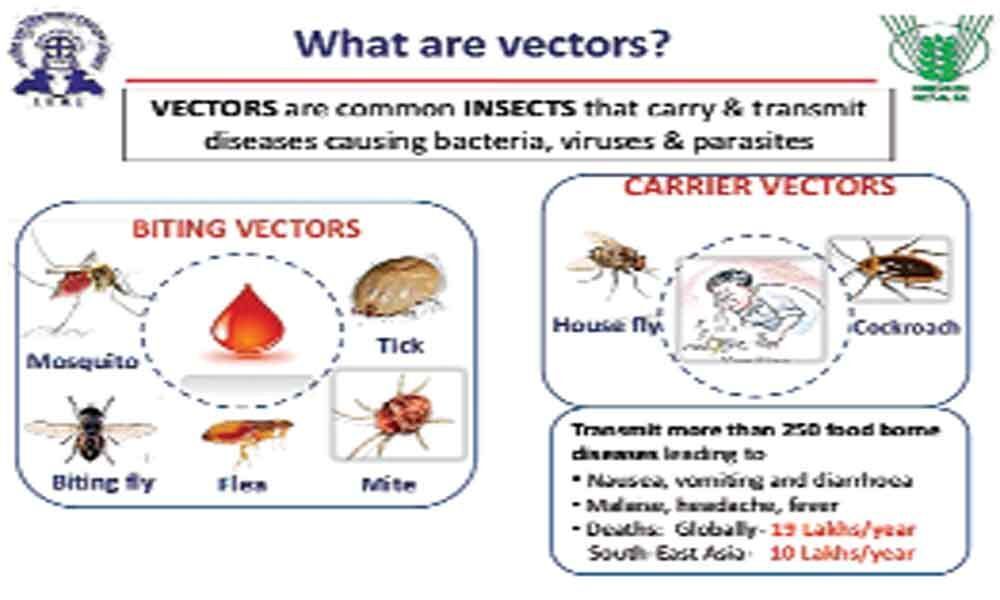Live
- "One Nation, One Election Proposal Undermines Federalism and Democracy," Says Minister Bosaraju
- ‘He is writing history’: Locals elated as PM Modi visits Prayagraj ahead of Mahakumbh
- TGRSA Formed to Revitalize Telangana's Revenue System and Safeguard Employees' Rights
- Days after ED raid, businessman and wife found dead in MP's Sehore
- Central Zone DCP Statement on Allu Arjun's Arrest
- Kinetic Green paves the way for Women’s Empowerment through innovative program and initiatives
- Russia hopes to keep military bases in Syria, Guterres urges deescalation
- ‘Pranayagodari’ review–Riveting village drama
- 6.7 kg Ganja Seized in Mangaluru Anti-Drug Crackdown
- Not only one Atul Subhash, there have been lakhs: PIL in SC on 'false' dowry cases









